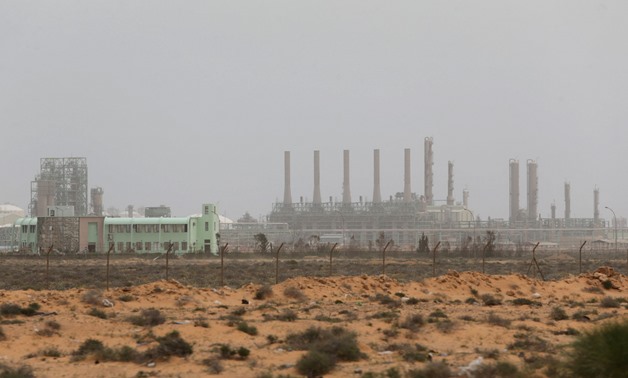
FILE PHOTO: A view shows Ras Lanuf Oil and Gas Company in Ras Lanuf, Libya, March 16, 2017. REUTERS/Esam Omran Al-Fetori/File Photo
SINGAPORE - 6 August 2018: Oil prices rose on Monday after Saudi crude production registered a surprising dip in July and as American shale drilling appeared to plateau.
Markets also anticipated an announcement from Washington later on Monday on renewed U.S. sanctions against major oil exporter Iran. So-called “snapback” sanctions are due to be reinstated at 12:01 a.m. EDT on Tuesday, according to a U.S. Treasury official.
Spot Brent crude oil futures were at $73.42 per barrel at 0653 GMT on Monday, up 21 cents, or 0.3 percent, from their last close.
U.S. West Texas Intermediate (WTI) crude futures were up 19 cents, or 0.3 percent, at $68.68 barrel.
U.S. energy companies last week cut oil rigs for a second time in the past three weeks as the rate of growth has slowed over the past couple of months.
Drillers cut two oil rigs in the week to Aug. 3, bringing the total count down to 859, Baker Hughes energy services firm said on Friday.
Many U.S. shale oil drillers posted disappointing quarterly results in recent weeks, hit by rising operating costs, hedging losses and a fall in crude prices away from 2018 highs reached between May and July.
Outside the United States, top crude exporter Saudi Arabia pumped around 10.29 million barrels per day (bpd) of crude in July, two OPEC sources said on Friday, down about 200,000 bpd from a month earlier.
That drop came despite a pledge by the Saudis and top producer Russia in June to raise output from July, with Saudi Arabia pledging a “measurable” supply boost.
U.S. investment bank Jefferies said in a note that “the Saudi and Russian production surges appear to be more limited” than initially expected, adding that bullish market sentiment was also fueled by the imminent reinstatement of U.S. sanctions against Iran.
Still, with Russia, the United States and Saudi Arabia now all producing 10 million to 11 million bpd of crude, just three countries now meet around a third of global oil demand.
Despite the firm prices on Monday, traders said one relief to markets was an announcement by Saudi Arabia over the weekend that oil shipments through the Red Sea shipping lane of Bab al-Mandeb had been resumed
Saudi Arabia halted temporarily oil shipments through the lane on July 25 after attacks on two oil tankers by Yemen’s Iran-aligned Houthi movement.
Sukrit Vijayakar, director of energy consultancy Trifecta, said the escalating trade dispute between the United States and China was also holding back crude prices.
The trade dispute intensified late last week when China proposed retaliatory tariffs on $60 billion worth of U.S. goods on Friday, which included oil and liquefied natural gas (LNG).

Comments
Leave a Comment